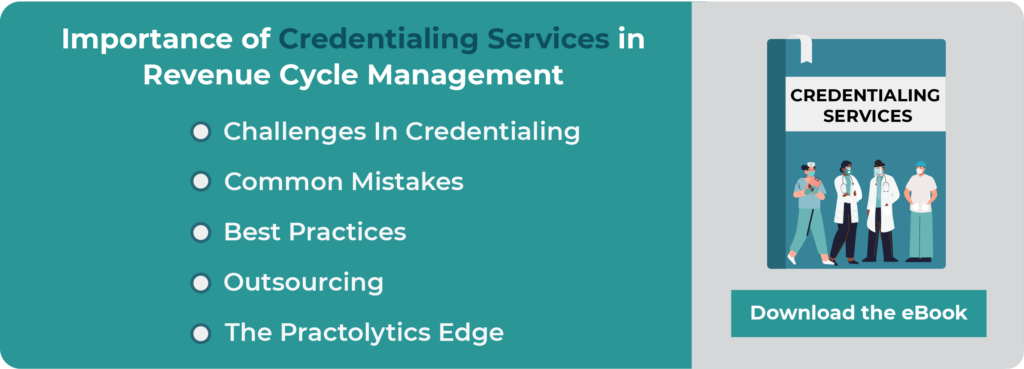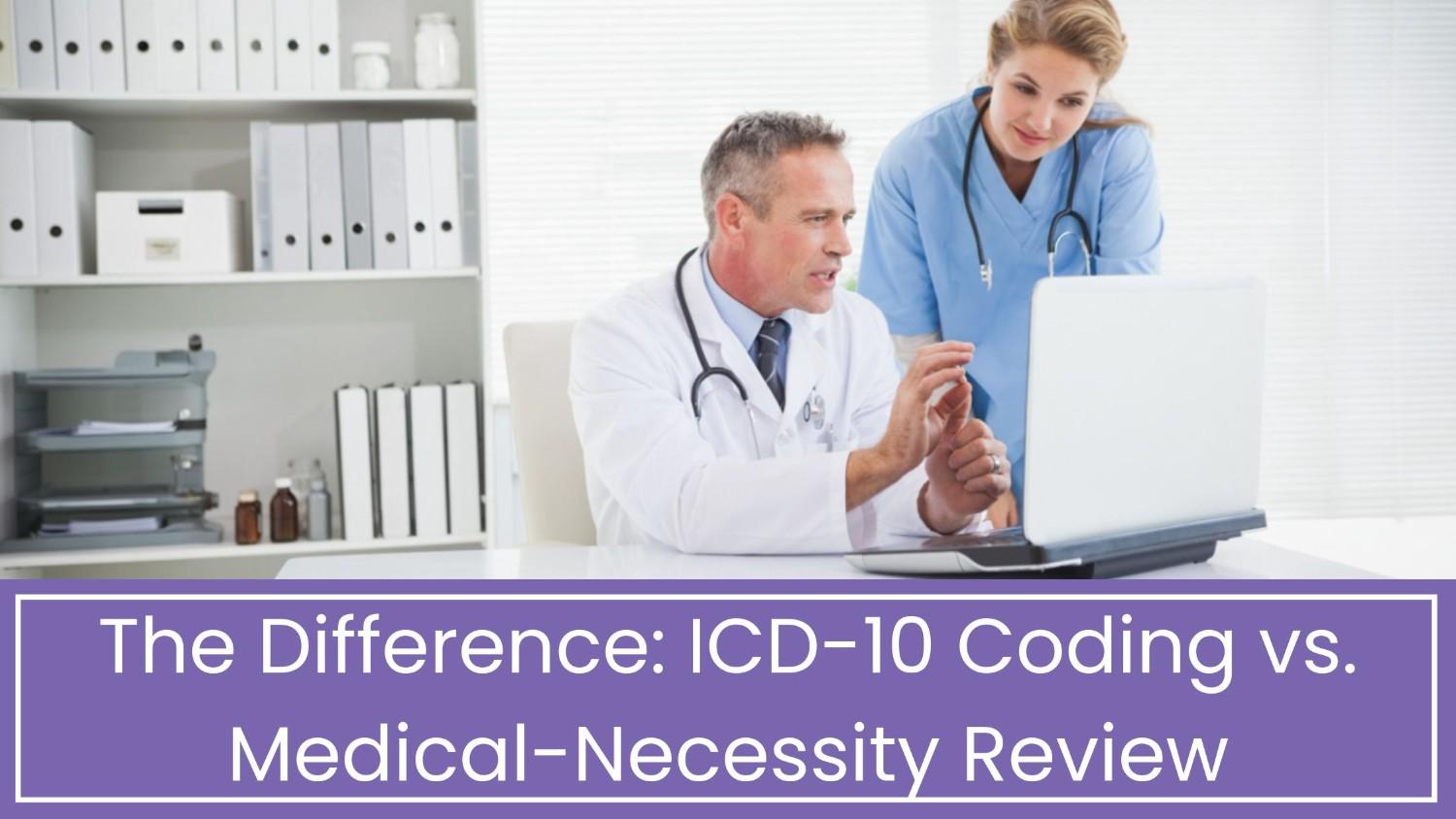Return On Investment of Outsourcing Credentialing
When healthcare practices think about retun on investment of outsourcing credentialing, the first question is almost always, “Will it really save us money?”
The short answer? Yes — and usually faster than you expect.
Credentialing is a complex, time-consuming process. Each provider must be verified, enrolled with payers, and made active before they can bill for patient visits. When that process drags — 60, 90, even 120 days — it’s not just frustrating; it’s lost revenue. Every week that a new provider isn’t credentialed equals unbillable appointments, idle schedules, and mounting opportunity costs.
Outsourcing changes that equation.
When you partner with a professional credentialing vendor, the math becomes simple:
Incremental revenue from faster activation + administrative hours saved + fewer denials and reworks > vendor fee.
In most real-world cases, that equation works out in your favor — often within the first few months.
Table of Contents
Overview of Healthcare Credentialing Services
Conservative industry studies and vendor case data show that for multi-provider practices, outsourcing pays for itself within 6 to 12 months. For fast-growing clinics or those with multiple locations, the payback period can be even shorter.
Let’s unpack how and why that happens.
1. Revenue acceleration: faster credentialing = faster billing
Imagine hiring a new provider who can see patients and generate revenue right away — except they can’t bill until credentialing is done.
Now imagine trimming that process by four weeks.
If a typical provider generates $10,000 a week, that’s $40,000 in lost billable revenue for every month they’re sitting idle waiting on payer approvals.
By outsourcing, medical credentialing services gets streamlined through established workflows, automated tracking, and experienced follow-up teams. Vendors already have payer contacts, templates, and escalation protocols — the kind of infrastructure that’s hard to maintain in-house. So when they move faster, you start billing sooner, and that translates directly into revenue.
Even saving two weeks of credentialing time for each provider can make a meaningful impact on your annual bottom line.
2. Staff cost savings and scalability
Credentialing isn’t just about forms — it’s about people managing those forms.
If you’re handling everything in-house, that often means hiring a full-time credentialing specialist (or more). Add salary, benefits, training, software, and management overhead, and it becomes a fixed cost that keeps growing with every provider you add.
Outsourcing flips that model.
Instead of paying for a fixed headcount, you pay for a scalable service. Whether you’re credentialing one provider or twenty, you can ramp up or down as needed — and you only pay for what you use. That means no idle staff when things slow down and no frantic hiring when business expands.
Think of it as moving from a “credentialing department” to a “credentialing on-demand” model.
3. Risk reduction and fewer reworks
Healthcare Credentialing errors can be expensive — not just in time, but in cash.
A missing signature, outdated license, or unverified reference can bounce an application back weeks. And every resubmission means more administrative work and delayed payments.
Vendors that specialize in credentialing are built to avoid these pitfalls. Their teams work with payer-specific requirements daily, and their systems flag missing data automatically. That reduces:
- Application rework rates
- Payer rejections
- Audit exposure due to incomplete documentation
It’s not just efficiency — it’s peace of mind knowing you’re less likely to lose revenue because of a simple error.
Net ROI: Positive in month 1–3, depending on your payer mix and provider productivity.
That’s without even factoring in soft benefits like fewer denials, cleaner records, and improved compliance.
For high-volume groups, multiply those numbers across 10 or 20 providers — the returns quickly compound.
Return on Investment Scenarios in Real World
Let’s put this in perspective with a few use cases:
Case 1: The growing multi-specialty clinic
A 15-provider clinic expanding to new locations was struggling with credentialing delays that averaged 80–90 days. Outsourcing brought that down to 35–40 days. Each provider went live about 6 weeks sooner. That’s over $90,000 in early revenue per provider and nearly $1.3 million collectively — far exceeding the vendor cost.
Case 2: The single-provider startup
For a solo physician starting a new practice, credentialing can feel overwhelming. Outsourcing meant the provider could focus on setting up the clinic and seeing self-pay patients while the credentialing team handled payers. The provider began billing in 30 days instead of 70 — recovering the entire vendor fee in the first few weeks of insurance payments.
Case 3: The busy group practice
A primary care group with two in-house credentialing staff faced burnout and backlog. They outsourced half of the workload to a vendor and used the freed time for claims follow-up and denials management. Within six months, they saw both faster payer approvals and a 12% improvement in revenue collection — essentially, two wins for one move.
What to Measure after Outsourcing Credentialing Companies?
The best way to prove ROI is to track results.
Set baseline numbers before outsourcing and measure the same metrics after. Here’s what to monitor:
- Time to first bill (days): How quickly can new providers start billing after hire?
- Credentialing Error rate: How many applications are returned or rejected?
- Staff hours saved: Track the time your team used to spend on credentialing versus what’s redeployed now.
- Payer follow-up speed: Measure how long it takes to get responses or confirmations from top payers.
- Revenue Lag: Compare pre- and post-outsourcing billing delays.
Seeing these metrics improve will make the ROI obvious — both in dollars and operational relief.
Returns Matters in Credentialing Services
ROI isn’t always just about financials. Outsourcing also gives practices breathing room — and that can be priceless.
When your team isn’t buried in paperwork or chasing payer portals, they can focus on patient care, smoother onboarding, and practice growth.
It also minimizes compliance stress. Credentialing vendors stay current with payer rules, CAQH updates, and regulatory changes — all of which can shift year to year. That means fewer surprises during audits and renewals.
And because you’re not relying on one in-house expert, you’re protected from turnover risk. The process continues smoothly even if someone leaves your organization.
Why 2026 is the right year to Outsource Credentialing Company?
The credentialing landscape in 2026 is more advanced and vendor-driven than ever before.
Automation, API integrations with CAQH and PECOS, and digital verification have made external credentialing faster and more transparent.
Top vendors now provide:
- Real-time dashboards showing payer status
- Integrated reminders for re-attestation and renewals
- HIPAA-compliant document handling
- Dedicated account managers for follow-up
This maturity in the market means you’re no longer gambling with outsourcing — you’re leveraging proven systems that major health networks already trust.
Conclusion:
If your practice is growing, opening new sites, or simply drowning in credentialing backlogs, it’s time to run the numbers. Outsourcing Medical Credentialing Companies isn’t just about convenience; it’s about turning a chronic administrative headache into a predictable revenue accelerator.The math holds true:
- Faster onboarding → faster revenue.
- Fewer errors → fewer denials.
- Freed-up staff → more focus on patients.
In most cases, outsourcing healthcare credentialing services pays for itself in one to three months and continues to save time and money year after year.
So, before you hire another credentialing coordinator or chase down another payer update, take a step back and calculate your own ROI. The answer might surprise you — and your future self (and your revenue cycle) will thank you for it.






